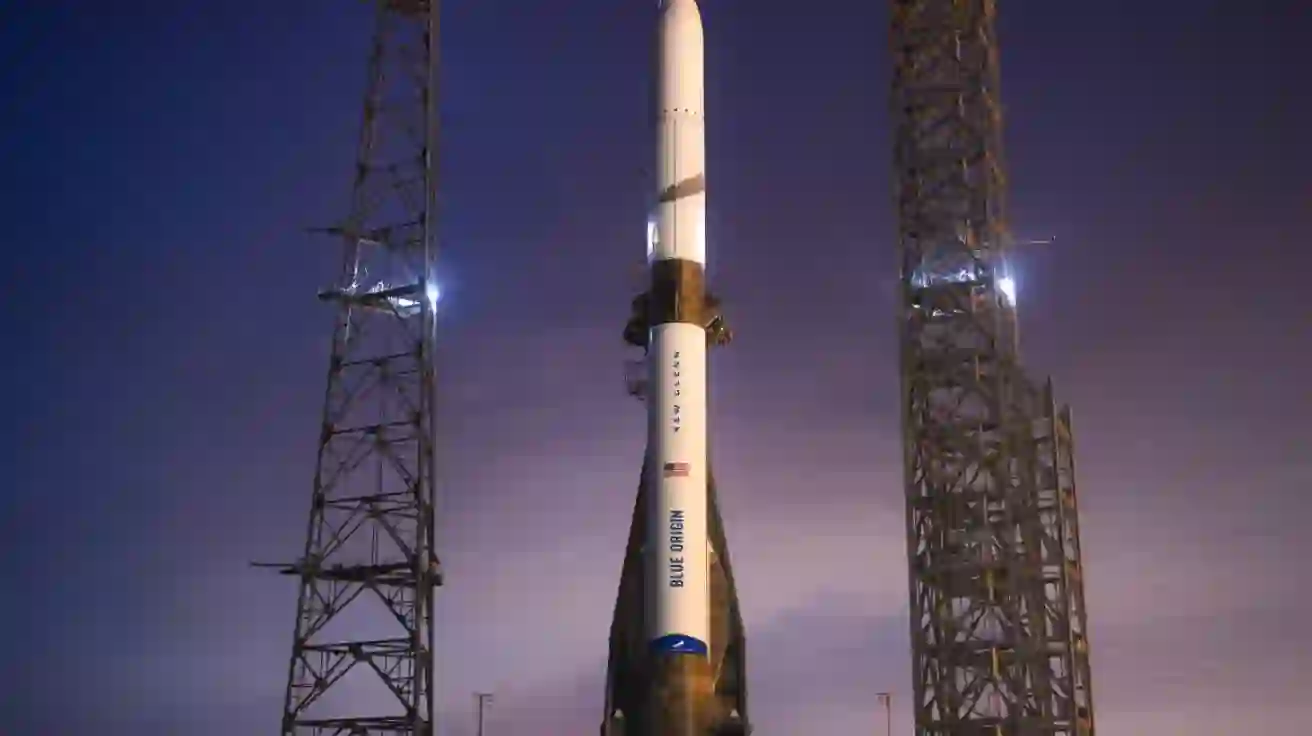
From daring moon landings to star-studded spaceflights and epic meteor showers, 2025 is shaping up to be a cosmic rollercoaster. While it might not be the year humans set foot back on the Moon, the heavens will still be buzzing with activity—from robotic lunar landers and next-gen rockets to the occasional celebrity heading to space.
Let’s dive into this year’s celestial itinerary and space mission highlights. Whether you’re an amateur astronomer, a sci-fi dreamer, or just someone who likes looking up, 2025 offers a front-row seat to history in the making.
🚀 Major Space Launches and Missions
January 16 – SpaceX’s Starship Takes Flight Again
SpaceX continues its relentless push toward deep space with the seventh Starship test flight. This time, an enhanced spacecraft version will launch with ten mock satellites, simulating a real payload deployment. Notably, one of the engines from a previous mission is being reused—yet another step toward the dream of fully reusable spacecraft.
The launch window opens at 4:00 p.m. Central Time, with Blue Origin’s New Glenn possibly lifting off around the same time in what could be a dramatic head-to-head.
February 26 – NASA’s Moon Hardware Delivery via Intuitive Machines
Houston-based Intuitive Machines will attempt a second moon landing using its Athena lander as part of the IM-2 (or PRIME-1) mission. The spacecraft is tasked with delivering a NASA-built rover that will test ice-drilling and mass spectrometry tools near the lunar south pole. Liftoff could happen as early as 7:02 p.m. Eastern.
Also joining the ride is NASA’s Lunar Trailblazer satellite, which will orbit the Moon and scout for water across its surface—vital information for future lunar colonies.
March 1 – Europa Clipper Uses Mars as a Slingshot
On its journey toward Jupiter’s icy moon Europa, NASA’s Europa Clipper will make a close flyby of Mars, zipping within 550 miles of the planet. This gravity assist maneuver, occurring at 12:57 p.m. ET, will give the probe the necessary speed to eventually reach Europa by 2030. The big question: Could Europa’s vast subsurface oceans support life?
March 2 – Firefly Aerospace Joins the Lunar Race
Firefly Aerospace will aim for a robotic landing on Mare Crisium, an ancient lunar basin filled with solidified lava. Despite no live video stream (bandwidth is being reserved for the critical landing phase), the mission is notable for being yet another commercial attempt to tame the Moon’s hostile terrain.
Due to weather, we're now targeting Thursday, January 16 for Starship's seventh flight test. The 60-minute launch window opens at 4 p.m. CT. → https://t.co/QNCSPTewLA pic.twitter.com/ZV08pXeqbf
— SpaceX (@SpaceX) January 15, 2025
March 6 – Two Big Events: Intuitive Machines and SpaceX Double Down
Just four days after Firefly’s bid, Intuitive Machines will make another landing attempt, this time targeting Mons Mouton, a southern plateau near the lunar pole. Coverage starts at 10:30 a.m. CT.
Later that same day, SpaceX will take another swing at launching Starship, following a previous explosion that ended a test flight prematurely. Engineers have since reinforced the hardware to prevent fuel leaks and system failures. Liftoff is targeted for 5:30 p.m. CT.
March 11 – NASA Launches SPHEREx and PUNCH
Aboard a Falcon 9 rocket, NASA will send up SPHEREx, an observatory designed to map the universe in infrared across 102 color bands. Its primary goal? To study the early universe’s inflationary period and icy materials that might be the seeds of life.
Sharing the ride is NASA’s PUNCH mission, which will give us our first-ever images of the Sun’s corona and solar wind working together.
March 12 – ESA’s Hera Pays Mars a Visit
After NASA’s DART mission successfully slammed into an asteroid in 2022, the European Space Agency’s Hera spacecraft is now en route to study the aftermath. On March 12, it will perform a flyby of Mars and its tiny moon Deimos, gathering data ahead of its 2026 rendezvous with Dimorphos.
NASA and @SpaceX have set a time of no earlier than 11:10pm ET on Monday, March 10 for the liftoff of the agency's SPHEREx and PUNCH missions.
Live launch coverage will now begin at 10:15pm ET. More: https://t.co/0Z27SkxnGs pic.twitter.com/m9tzPmeMop
— NASA (@NASA) March 10, 2025
March 18 – Astronauts Butch Wilmore and Suni Williams Return to Earth
After spending more than eight unexpected months aboard the ISS, NASA astronauts Butch Wilmore and Suni Williams are finally headed home. Originally launched aboard Boeing’s Starliner, issues with the spacecraft forced NASA to delay their return. Now integrated into Crew-9, they’ll splash down in a SpaceX Dragon capsule, with undocking at 1:05 a.m. ET and landing scheduled around 5:57 p.m. ET.
April 14 – Katy Perry and All-Female Crew Fly to Space
Pop icon Katy Perry will be among an all-female crew flying to the edge of space aboard Blue Origin’s New Shepard rocket. Also on board: Gayle King, Lauren Sánchez, and four others from science, space, and media backgrounds. Liftoff from West Texas is slated for 9:30 a.m. ET, marking a milestone for inclusivity in commercial space tourism.
May (TBD) – Axiom Sends Private Crew to ISS
Axiom Space will launch its fourth private astronaut mission to the International Space Station, aiming to conduct over 60 scientific experiments. These privately trained astronauts are part of a new era—research-focused spacefarers blending commercial innovation with rigorous scientific agendas.
Spring 2025 (TBD) – Rocket Lab’s Escapade Mission to Mars
The Escapade mission, backed by NASA, will send twin orbiters to Mars to understand how solar radiation is eroding its already thin atmosphere. Initially planned to launch on Blue Origin’s New Glenn, delays have pushed liftoff to no earlier than spring.
The #LucyMission will perform its 2nd Earth-gravity assist on Dec. 12, putting it on a new course toward its first Trojan asteroid encounter in 2027. On the way, Lucy will pass through the main asteroid belt, flying past asteroid “Donaldjohanson” in 2025. pic.twitter.com/hyYazOsGJW
— NASA Goddard (@NASAGoddard) December 10, 2024
April 20 – Lucy Spacecraft Flies by Donaldjohanson
NASA’s Lucy spacecraft, en route to study Trojan asteroids near Jupiter, will first swing by a small main-belt asteroid named Donaldjohanson. It’s a critical systems test ahead of a much longer voyage.
🌠 Meteor Showers Worth Watching
April 21–22 – The Lyrids Light Up the Sky
One of the oldest known meteor showers, the Lyrids, will peak with up to 20 meteors per hour. Originating from Comet Thatcher, these fast streaks will be most visible in the Northern Hemisphere.
May 3–4 – Halley’s Comet Returns via Eta Aquariids
Though the comet itself won’t return until 2061, its debris creates the Eta Aquariids. These meteors, visible best from the Southern Hemisphere, are known for their persistent glowing trails.
July 29–30 – Delta Aquariids Peak
Best seen before dawn from tropical regions, the Delta Aquariids come from a comet with mysterious origins—possibly Comet Machholz. Their slow, graceful trails will pepper the sky during their peak.
August 12–13 – Perseids Under a Bright Moon
One of the most popular showers in the Northern Hemisphere, the Perseids may be underwhelming this year thanks to an 80% full moon. Still, the brightest fireballs might steal the show.
October 22–23 – Orionids Offer Hope
Caused by Halley’s Comet debris, the Orionids might make a strong showing under favorable dark skies thanks to a waning crescent moon.
November 3–4 – Southern Taurids: A Fireball Year?
The Southern Taurids could bring bright meteors known as fireballs in what’s expected to be a “swarm year.” Moonlight may pose challenges, but the potential payoff is worth it.
Why will #ESAJuice home in on #Ganymede? Let's find out 🧵👇 pic.twitter.com/CEWvMrbLIJ
— ESA Science (@esascience) April 11, 2023
November 16–17 – Leonids Speed Across the Sky
Though usually a minor event, the Leonids are known for incredibly fast meteors. This year won’t be a storm, but a few dazzling streaks may be visible.
December 12–13 – The Geminids: The Year’s Best Show
The Geminids are dense, long-lasting meteors visible from most places on Earth. With minimal moonlight interference in 2025, this could be a perfect year for viewing.
December 21–22 – The Ursids Cap Off the Year
Northern Hemisphere observers can end the year with the Ursids, a modest but often overlooked meteor shower. Thanks to a new moon, conditions will be ideal.

🌔 Upcoming Lunar Landings
June 5 – Japan’s ispace Tries Again
After a failed landing in 2023, Japan’s ispace will attempt a second lunar landing, delivering a small rover to Mare Frigoris. Backup landing dates are prepared in case of delays.
Fall 2025 – Astrobotic Makes Another Lunar Bid
After fuel leaks scuttled its 2024 mission, Astrobotic is returning with its Griffin lander. Though NASA’s VIPER rover was pulled from the mission due to cost, the lander will still serve as a testbed for future lunar exploration.
🌌 Outer Solar System Flybys
August 31 – ESA’s Juice Swings by Venus
En route to Jupiter, ESA’s JUICE (Jupiter Icy Moons Explorer) will perform a flyby of Venus. The maneuver gives it enough momentum to eventually arrive at Jupiter in 2031, where it will study Europa, Callisto, and Ganymede—potentially habitable icy moons.
🛰️ Other Potential Missions in 2025
- Dream Chaser Takes Off: Sierra Space’s winged spaceplane, Dream Chaser, may finally launch on a cargo mission to the ISS, evoking NASA’s shuttle era with its runway return design.
- IM-3 from Intuitive Machines: A follow-up lunar mission could happen late this year or in early 2026, aiming to deploy rovers and examine mysterious lunar swirls.
- NASA-ISRO Earth Mission: The NISAR satellite, a collaboration between the U.S. and India, will map Earth’s ice and land surfaces every 12 days. Its launch was delayed but remains highly anticipated.
🌌 Final Thoughts
While 2025 may not be the year astronauts venture deep into the cosmos, it will be filled with vital tests, stunning flybys, and celestial wonders. With both commercial and international agencies pushing the boundaries of what’s possible, we’re inching ever closer to a future where space is not the final frontier—but just the beginning.
So grab your telescope, mark your calendar, and keep your eyes on the sky—because 2025 is going to be out of this world.











